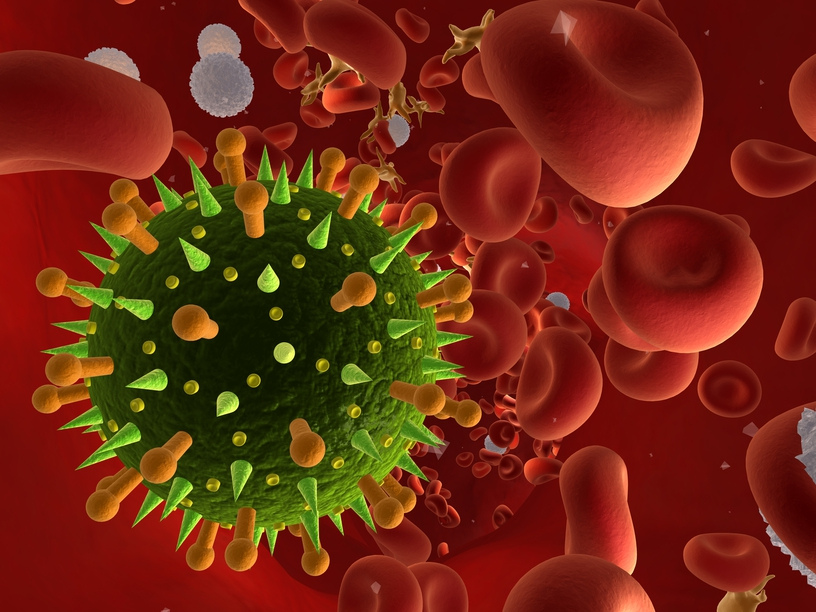Working towards a one shot life-long flu vaccine

A University of Melbourne-led research team, headed by Katherine Kedzierska, has cracked the riddle of how flu-killing immunity cells memorise concealed influenza virus codes, and could lead to a one-shot flu jab for life
Published 21 August 2015
An extraordinary breakthrough in influenza research moves us closer to the development of a vaccine that can protect against all new influenza viruses, with a one-off universal flu shot.
The research led by the University of Melbourne, in conjunction with Fudan University in China studied the immunity responses of patients to the first outbreak of the avian-derived H7N9 influenza virus (bird flu) that emerged in China in 2013.
“This deadly avian-derived H7N9 influenza virus is contracted from birds and began with people buying chickens in marketplaces,” says Associate Professor Kedzierska. Should the virus start to spread from human to human, it has the potential to become a world pandemic and kill millions of people.”
Those who contracted the flu virus experienced severe acute respiratory illness and 99 per cent needed hospitalisation. More than 35 per cent of the people who were hospitalised at the Shanghai Public Health Clinical Centre died.
“Current annual vaccines, which are based on antibodies, are the best way to combat the known seasonal influenza strains which mutate rapidly,” says Associate Professor Kedzierska.
However when a new virus emerges it’s our immune system that must fight the virus in the absence of a vaccine.
The research into this influenza strain provides new insights into how the mechanism of the immune system responds to an alien influenza virus.
“We questioned what components of the immune system drive recovery from this severe H7N9 disease and found that recovery is driven by a diversity of immune system components, dominated by an early presence of the ‘killer’ CD8+ T cells, which provide optimal protection against the influenza virus,” said Associate Professor Kedzierska.
The patients who recovered within 2-3 weeks had robust ‘killer’ CD8+T cell responses, whereas those who died had a diminished presence of the ‘killer’ CD8+T cells.
Associate Professor Kedzierska explains that killer T cells target and destroy an interior ‘conserved’ part of the virus which does not change when the virus mutates. They maintain memory of their exposures to this ‘conserved’ part of the virus, and when they are exposed to a new virus, they enact their memorised response by targeting and killing the ‘conserved’ part of the new virus and the early infection.
These findings lead to the potential of moving from vaccines based on antibodies for specific influenza strains, toward developing a universal vaccine component that is based on T-cells which will optimise the immune responses in patients to all influenza strains.
This will also assist clinicians to make early predictions of how well a patient’s immune system will respond to viruses so they can manage early interventions more effectively, particularly in cases where the patient is at risk of dying.
Co-author, Professor Xu said the study will significantly enlighten T-cell based vaccine development and immune intervention during severe influenza infection in the future.
“After spending the past 40 years working on the virus-specific ‘killer’ T cells, this is the first study from our group that shows their role in protecting people against a new human influenza virus,” says Nobel Laureate Professor Peter Doherty, one of the lead authors of the study from the University of Melbourne.
“This international collaboration between the University of Melbourne and Fudan University has brought together the immunological expertise in Melbourne and the clinical knowledge in Shanghai to produce a study of much higher impact than could be achieved individually,” says head of the University of Melbourne’s Department of Microbiology and Immunology, Professor Elizabeth Hartland.
